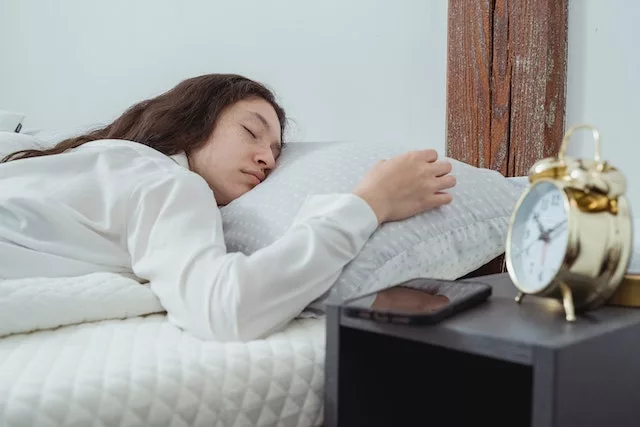Napping is an art that, when done right, can provide a significant boost to your energy levels, productivity, and overall well-being. However, there’s more to napping than just closing your eyes and hoping for the best. To reap the full benefits of power naps, it’s essential to approach it in a healthy and strategic manner. In this article, we’ll explore the key factors to consider when mastering the art of napping, ensuring that you maximize the rejuvenating effects while maintaining a healthy sleep routine.
Find the Ideal Nap Duration
The duration of your nap plays a crucial role in determining its effectiveness. Different nap lengths cater to different needs. Here are a few guidelines to help you choose the ideal nap duration:
- 10-20 minutes: The power nap, also known as the cat nap, is perfect for a quick energy boost and increased alertness without entering deep sleep. It’s best for combating afternoon drowsiness or preparing for a mentally demanding task.
- 60-90 minutes: If you have the luxury of time, a longer nap can include a full sleep cycle, providing additional benefits such as improved creativity and memory consolidation. Be cautious, though, as longer naps may cause sleep inertia, leading to grogginess upon awakening.
Create the Optimal Nap Environment
To achieve a restful and rejuvenating nap, it’s important to create a conducive environment. Consider the following factors:
- Find a quiet place: Minimize noise distractions to create a calm and peaceful setting.
- Control lighting: Dim the lights or use an eye mask to create a dark environment, as darkness promotes the release of melatonin, a sleep-inducing hormone.
- Set the temperature: Opt for a comfortably cool room, as a lower temperature helps facilitate sleep.
Plan Power Naps Strategically
Strategic nap planning ensures that your napping routine complements your natural sleep-wake cycle without disrupting your nighttime sleep. Consider these tips:
- Choose the right time: Aim for mid-afternoon, around 2-3 PM, when energy levels naturally dip. Napping too late in the day may interfere with your nighttime sleep.
- Avoid lengthy naps close to bedtime: Long naps or those taken too close to your regular bedtime can interfere with falling asleep at night. Stick to shorter naps earlier in the day to minimize any potential disruption.
Wake Up Gradually and Reenergize
To avoid post-nap grogginess, ease your transition from sleep to wakefulness:
- Set an alarm: Ensure you don’t oversleep by setting an alarm based on your chosen nap duration.
- Stretch and move: Upon waking up, perform light stretching or take a short walk to shake off any residual sleepiness and promote blood circulation.
- Reenergize with a splash of cold water or a small caffeine boost: If you still feel groggy after waking, a quick splash of cold water on your face or a small amount of caffeine can help revitalize your senses.
Conclusion
Mastering the art of napping requires a thoughtful and strategic approach. By choosing the right nap duration, creating a conducive environment, planning your naps strategically, and waking up gradually, you can optimize the benefits of power napping while maintaining a healthy sleep routine. Embrace the power of a well-timed and well-executed nap as a valuable tool for enhancing your energy levels, productivity, and overall well-being. With these guidelines, you’ll be well on your way to becoming a master napper and reaping the rewards of a healthy and effective power nap.
Image by hoahoa111 from Pixabay
Sleep
-

How to Snack at Night to Sleep Well?
Snacking is a common part of modern eating habits, often providing a source of comfort and satisfaction. However, the timing and content of these snacks can have significant effects on various aspects of health, including sleep. In this article, we will explore the relationship between late-night snacking and sleep, highlighting the potential impacts on sleep…
-

What is a Sleep Log and why you need one: Unlocking the Secrets to Better Rest and Overall Health
-

Exploring the Relationship Between Intermittent Fasting and Sleep Quality
-

The Role of Hormones in Sleep and Natural Ways to Improve Hormone Health for Better Sleep
-

The Powerful Diet and Sleep Connection: Understanding the Impact
-

How to master the Art of Power Naps: A Guide to Healthy and Effective Power Naps
-

7 Essential Oils in Aromatherapy to Promote Sleep








Leave a Reply